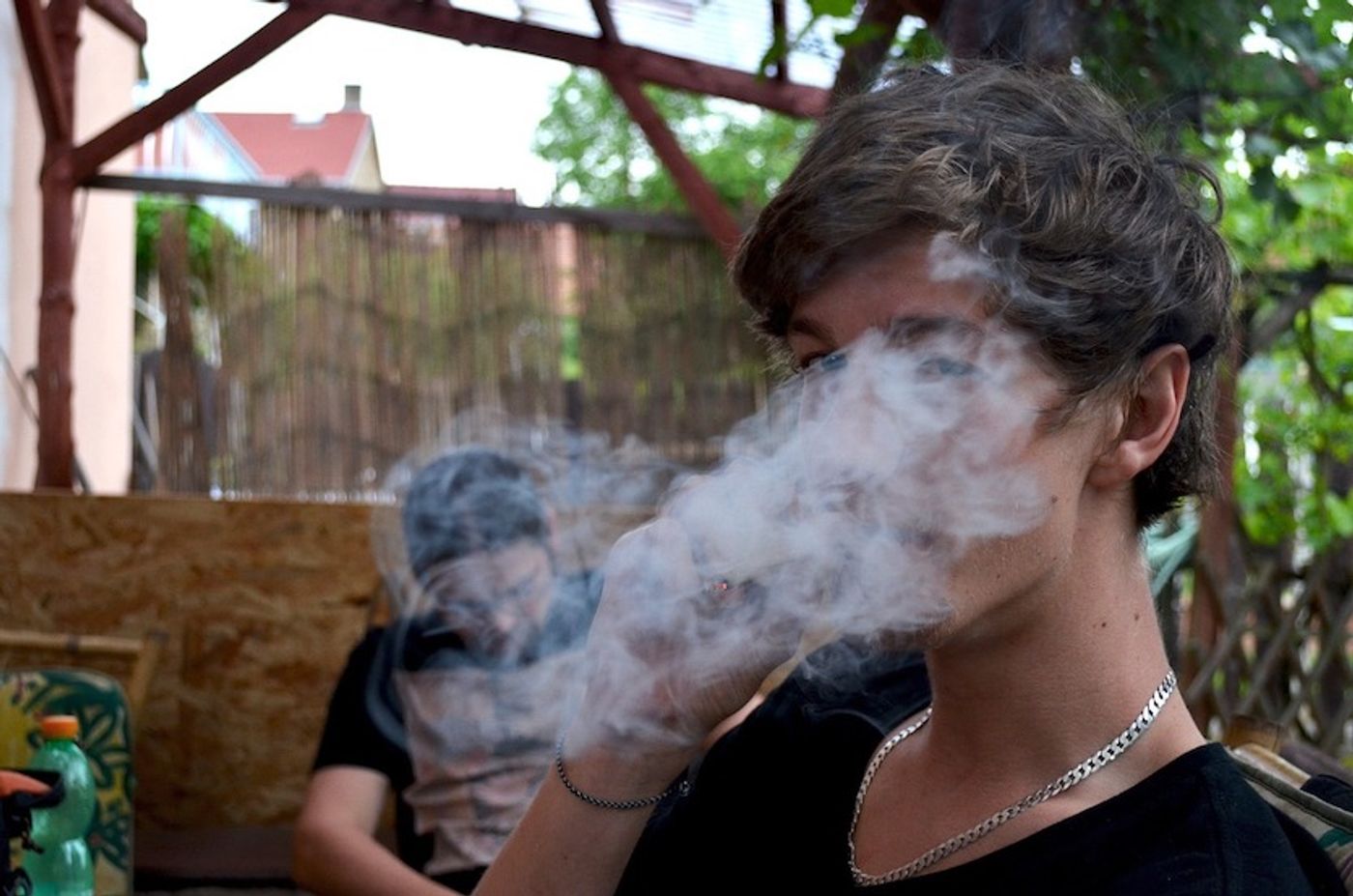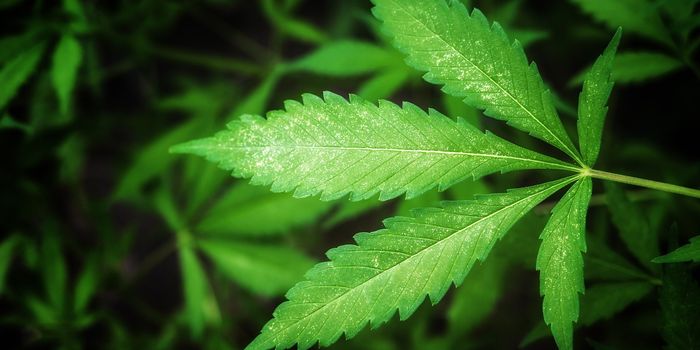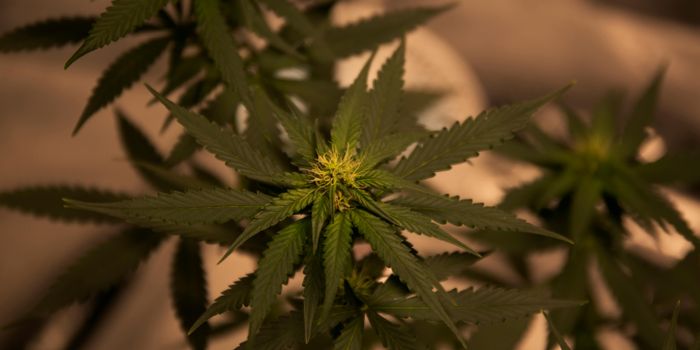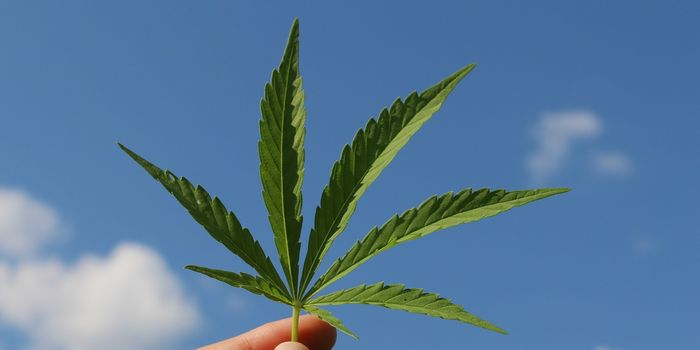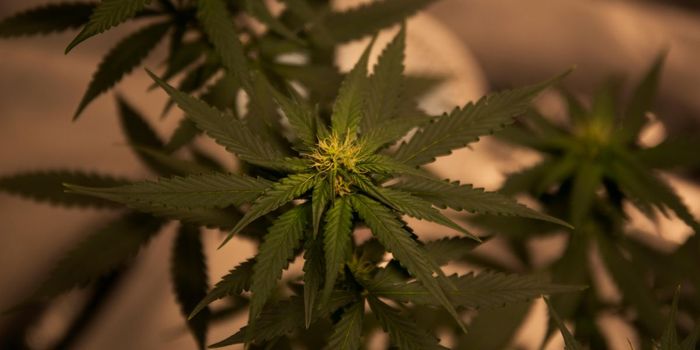More Evidence That High-Potency Pot is Linked to Psychosis
The debate surrounding the link between marijuana and psychosis continues. The general consensus up to this point acknowledges a possible risk, but there still is no causal link between the two. However, a new study, from Dr. Marta Di Forti and colleagues out of Kings College London, has just been published in the journal The Lancet - Psychiatry may shine some much-needed light on the subject.
Photo source: UnSplash.com
Dr. Di Forti and colleagues present the results of the largest cross-sectional study to date according to the authors. Psychiatric patients were recruited from sites across 10 European countries and Brazil. The study used patients aged 18–64 years who presented to psychiatric services across the 11 sites with first-episode psychosis. They recruited controls from local populations.
The research group found that daily cannabis use was associated with an increased chance of developing a psychotic disorder compared with controls who had never used. This study contained participants (901 patients with first-episode psychosis and 1237 controls) definitely makes a statement, to say the least. What makes this study different from others (other than size), is the fact that these researchers added the degree of potency into the mix.
The potency of marijuana has increased tremendously in just the past 50 years. The researchers found that the use of high-potency cannabis (THC ≥10%) modestly increased the odds of having a psychotic disorder compared with controls. Those who had started using high-potency cannabis by age 15 years showed a doubling of risk.
Photo source: Pixabay.com
The authors' main conclusions were that, among the measures of cannabis use tested, the strongest independent predictors of whether any given individual would have a psychotic disorder or not were daily use of cannabis and use of high-potency cannabis. In the 3 sites with the greatest consumption of high-potency cannabis, daily use of high-potency cannabis was associated with the greatest increase in the chances of having a psychotic disorder compared with controls: 4x greater in Paris, 5x greater in London, and more than 9x greater in Amsterdam.
But the implications of this study do not stop there. The novelty of this study was in its multicenter structure and the availability of incidence rates for psychotic disorder for all the sites. This allowed the team, for the first time, to show how the association between cannabis use and risk of psychosis varies geographically depending on prevailing patterns of use, and how the latter contributes to variation in incidence rates for psychotic disorder.
Some limitations of this study included the fact that marijuana use was not verified using any biological markers (e.g. urine, blood, hair samples). Also, their index of potency was limited. They categorized potency as low and high potency on the basis of the available estimates of the average percentage of THC from "official sources".
Sources: Schizophrenia Bulletin, The Lancet, PotGuide.com

